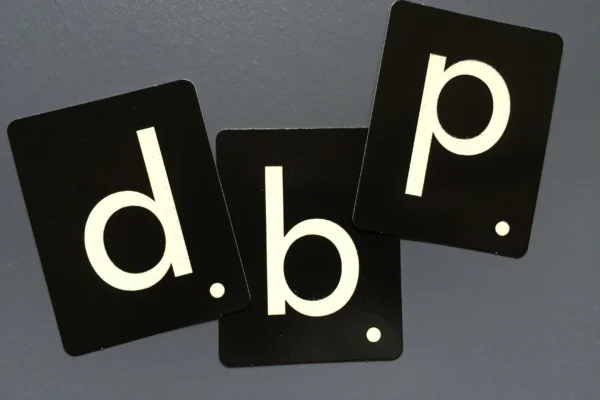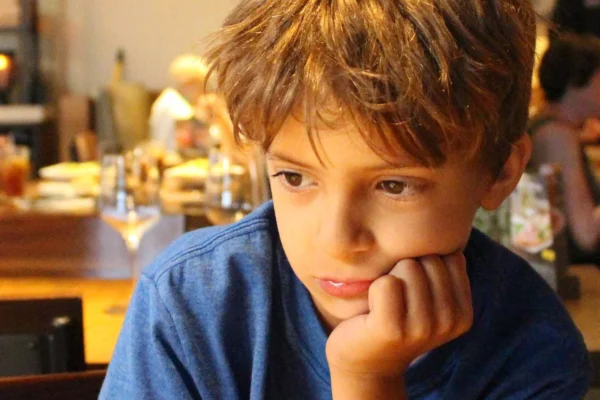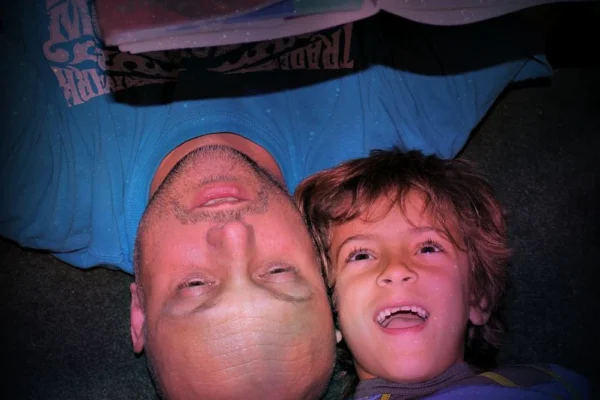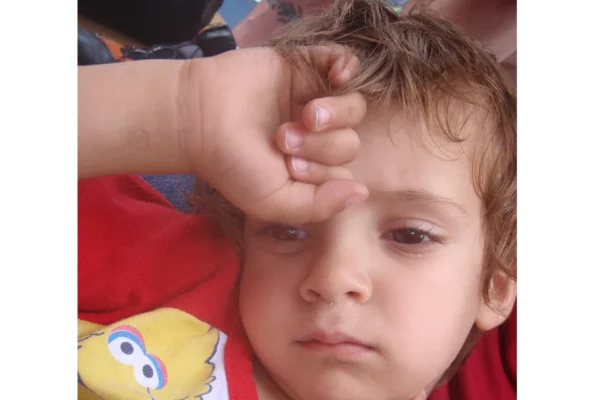
I will never forget the day I realized my son had dyslexia. DYSLEXIA. The word felt heavy on my shoulders and my heart. In a nutshell, I knew it was something to do with difficulty in reading and writing. Yet, I did not understand what it really meant. And that was terrifying. Amazingly, studies show that about 20% of people are dyslexic in the US. This means one in every 5 children is dyslexic. So I knew I was not alone.
The official definition of dyslexia is a specific learning disability that is characterized by difficulties with accurate and/or fluent word recognition and by poor spelling and decoding abilities. In a nutshell, the brain matches the sounds with letters in more steps; therefore, it is more difficult for dyslexics read and write. Some dyslexics may also have difficulty with speech.
There are many signs of dyslexia and no dyslexics are alike. Most common early signs of dyslexia are reversing letters and difficulty with rhymes. Other signs for school age children are memorizing text rather than reading, guessing words within context while reading such dog vs puppy, ship vs boat and confuse words that sound or look similar such as “smell and small” or “was and saw”. Other things to be on watch out for are showing low self-esteem and confidence in spite of being bright and resisting to attend school or doing homework. Having other family members with reading problems should also not be overlooked.
Let’s talk about the wonderful things about dyslexia, too. In the essence, dyslexics are often bright. They have many strengths such as creative thinking, seeing the big picture, curiosity, problem solving, out of the box thinking, spatial reasoning and advanced vocabulary and many many more. No wonder why dyslexics make great Entrepreneurs and CEOs.
Dyslexia can be diagnosed as early as 3 years old, especially if it runs in the family and there is a sensitivity around the recognizing the symptoms. Early diagnosis and intervention are proven to be the most effective antidote for dyslexia. Ideally, it would be caught in kindergarten or first grade before the gap between the dyslexic and the peers are widened. This is especially critical for bright children whose intellectual does not match their output in reading or writing because these red flags are overlooked more frequently due to their high intellectual capacity. Adults around them feel that they are smart and they will catch up… But if they are dyslexic, waiting will not be the solution, it will only be a drawback.
So if your gut feeling says something is off, follow that gut feel. No matter what teachers or loved ones may say.
Categories:
Share This:
Related Post
Search
Check Our
Books
As children learn to read, decodable books become an important part of the learning process.
Have A Question?
We’re happy to answer your inquiry to us.







